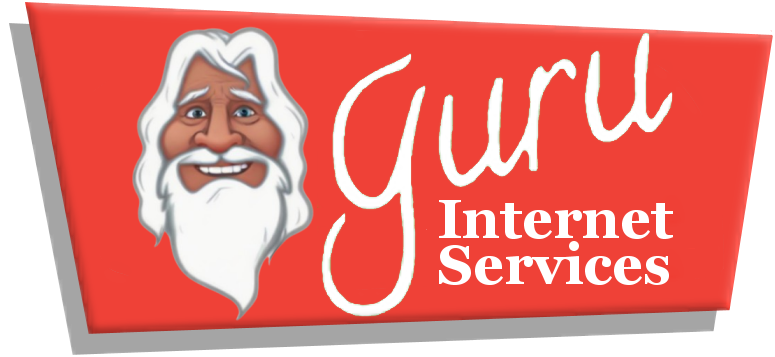Navigating Facebook Ads: A Complete Tutorial for Boosting Your Business Reach in 2025
In today’s ever-evolving digital marketing landscape, Facebook Ads continue to be a powerful lever for businesses aiming to expand their reach and drive measurable results. With over 2.9 billion monthly active users as of 2025, Facebook offers an unparalleled platform for brands to connect with their ideal audiences. However, the platform’s complexity grows annually, and leveraging its full potential requires a strategic, informed approach. This comprehensive tutorial will guide you step by step through the process of creating, optimizing, and scaling Facebook Ads to amplify your business reach in 2025.
Whether you’re a small business owner, a digital marketing professional, or an entrepreneur looking to maximize your online presence, understanding the intricacies of Facebook advertising is crucial. In this guide, we’ll delve into campaign setup, advanced targeting, creative best practices, budgeting strategies, analytics, and the latest trends shaping Facebook Ads in 2025. By the end, you’ll be equipped with actionable insights and techniques to supercharge your advertising efforts and achieve sustainable growth.
Table of Contents
- Understanding the Facebook Ads Ecosystem in 2025
- Setting Up Your First Facebook Ad Campaign
- Mastering Advanced Targeting and Audience Segmentation
- Crafting Compelling Ad Creatives
- Budgeting, Bidding, and Scheduling for Maximum ROI
- Analyzing Performance and Optimizing Your Campaigns
- Emerging Trends and Best Practices for 2025
- Conclusion
Understanding the Facebook Ads Ecosystem in 2025
Facebook’s advertising platform has undergone significant evolution, integrating advanced AI-driven tools, new ad placements, and data privacy enhancements. Today, Facebook Ads Manager acts as the central hub for all campaign management, reporting, and analysis. Its ecosystem encompasses the core Facebook platform, Instagram, Messenger, the Audience Network, and the rapidly growing Reels and Stories formats. This interconnected network allows advertisers to reach users not only on Facebook, but across a vast array of properties and devices.
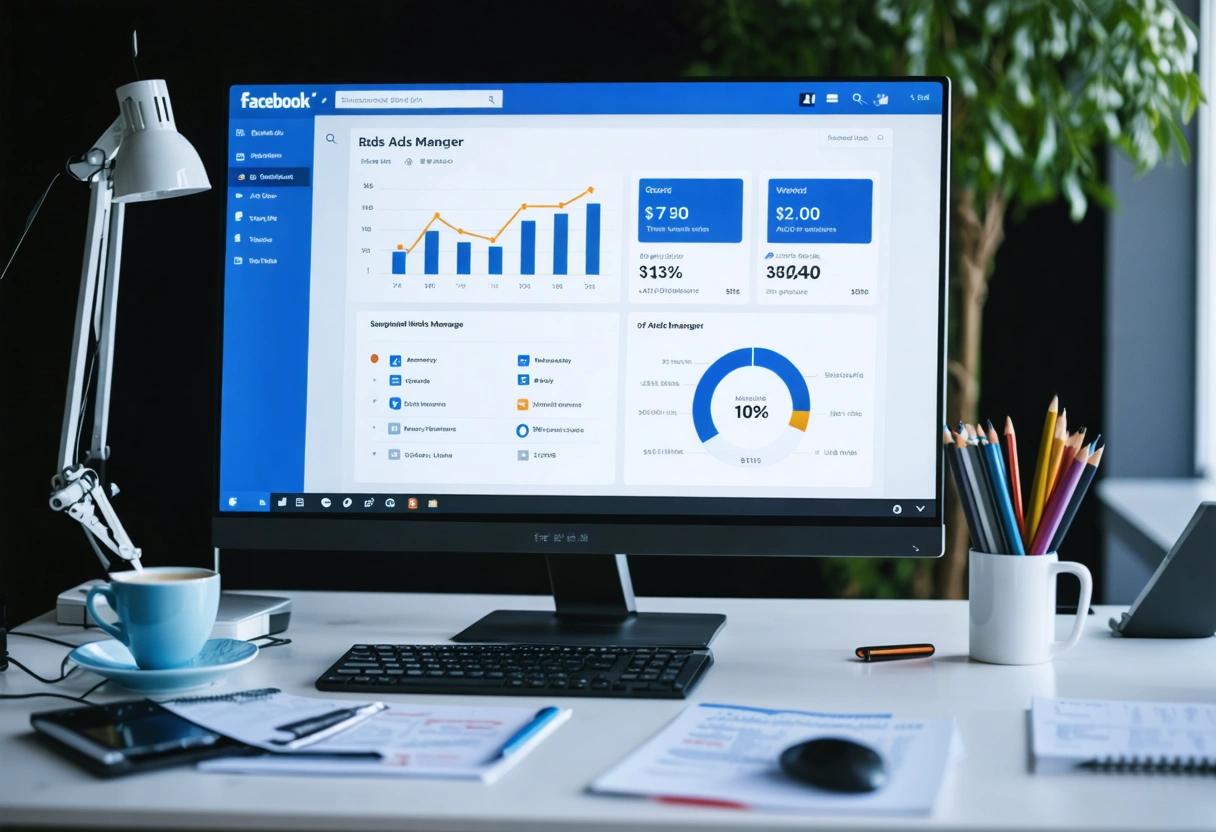
One of the most crucial changes in recent years has been the tightening of privacy regulations and the introduction of more transparent data practices, such as Apple’s App Tracking Transparency and Facebook’s own Conversions API. Marketers must now prioritize consent-based marketing and leverage first-party data more than ever before. For more on modern digital privacy, the Federal Trade Commission’s guide on privacy and security is a vital resource.
Additionally, Facebook’s algorithm has become increasingly adept at optimizing for user intent, leveraging machine learning to match ads with the most relevant audiences. Understanding these changes and positioning your campaigns accordingly is key to maintaining a competitive edge in 2025.
Setting Up Your First Facebook Ad Campaign
Launching a successful Facebook Ad campaign begins with a clear objective and a well-structured setup process. Facebook provides several campaign objectives, each tailored to a specific business goal: brand awareness, reach, traffic, engagement, app installs, video views, lead generation, conversions, catalog sales, and store traffic. Selecting the right objective ensures your campaigns are optimized from the outset.
After choosing your objective, you’ll create an ad set to define your audience, placement, budget, and schedule. Facebook’s step-by-step Ads Manager guides you through these configurations. At the ad level, you’ll design your creatives and specify the format, such as single image, carousel, video, or collection. Each format offers unique advantages — for instance, carousels excel at storytelling, while video ads can drive higher engagement.
It’s essential to implement the Facebook Pixel or Conversions API on your website for accurate conversion tracking and remarketing. This allows you to measure the effectiveness of your campaigns and target users who have interacted with your brand. For a detailed walkthrough, refer to this official guide to installing the Facebook Pixel.
Tips for Effective Campaign Structures
- Maintain a logical hierarchy: Organize campaigns by objective, ad sets by audience, and ads by creative format for easy management.
- Leverage A/B testing: Experiment with different audiences, creatives, and placements to identify winning combinations.
- Use Campaign Budget Optimization (CBO): Let Facebook’s AI allocate your budget across ad sets for optimal performance.
Mastering Advanced Targeting and Audience Segmentation

One of the defining strengths of Facebook Ads lies in its robust audience targeting capabilities. In 2025, advertisers can segment users based on demographics, interests, behaviors, and even AI-predicted intent. Core Audiences allow you to target by age, location, gender, language, and detailed interests, while Custom Audiences enable you to re-engage website visitors, app users, or customer lists.
Lookalike Audiences have become more sophisticated, leveraging machine learning to identify new users who closely resemble your best customers. With the increased emphasis on privacy, Facebook now encourages using first-party data (such as email subscribers or CRM lists) to create high-performing Custom Audiences. For strategies on maximizing first-party data, the HubSpot blog on first-party data offers deep insights.
Advanced targeting also includes options like engagement retargeting (targeting users who have interacted with your content), dynamic ads for personalized product recommendations, and geofencing for location-based campaigns. Layering these targeting methods enables highly relevant, granular audience segmentation, which can dramatically boost ad performance.
Best Practices for Audience Segmentation
- Combine multiple data sources: Use website activity, app behavior, and offline conversions to create richer audience profiles.
- Refresh audiences regularly: Update your Custom and Lookalike Audiences to avoid ad fatigue and ensure you’re reaching new people.
- Use exclusion targeting: Prevent current customers from seeing new customer acquisition ads, reducing wasted spend.
Crafting Compelling Ad Creatives
The success of your Facebook Ads hinges on the quality and relevance of your creatives. In 2025, standout ads feature a combination of striking visuals, concise copy, and clear calls to action. Facebook supports various ad formats, including image, video, carousel, collection, Instant Experience, and Stories, each serving distinct marketing objectives.
For example, video ads are particularly effective for storytelling and building brand affinity, while carousel ads allow you to showcase multiple products or features within a single unit. With the rise of short-form video and interactive formats, including Reels and Stories, brands can engage users in immersive, full-screen experiences. For best practices on video marketing, see this comprehensive guide to video marketing.
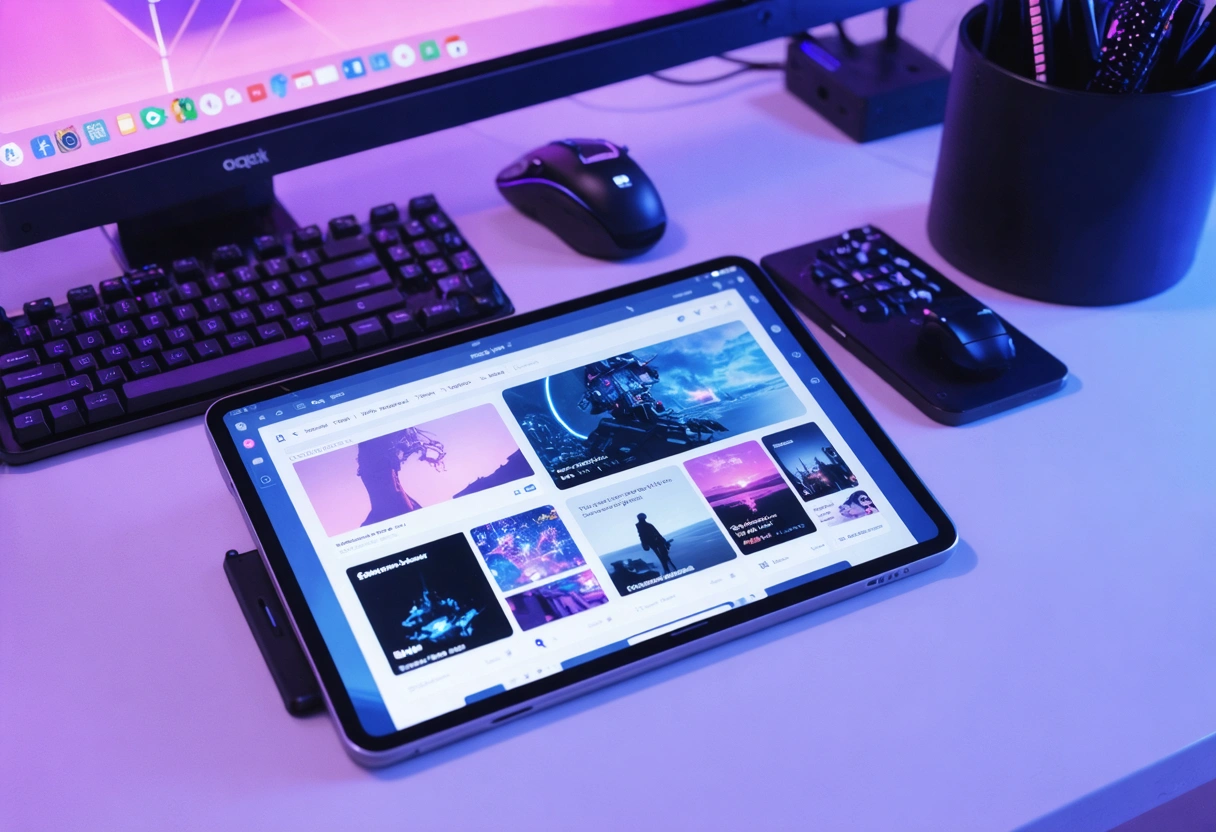
Don’t underestimate the power of ad copy. Your messaging should highlight your unique value proposition, address customer pain points, and encourage action. A/B test different headlines, descriptions, and calls to action to discover what resonates most with your audience.
Creative Optimization Strategies
- Use high-resolution images and videos: Visuals should be crisp, on-brand, and tailored to each placement.
- Leverage Facebook’s Dynamic Creative: Automatically test combinations of headlines, images, and calls to action to find top performers.
- Localize content: Adapt language and imagery for different audience segments to increase relevance and engagement.
- Maintain brand consistency: Ensure your creative assets align with your overall brand guidelines for a cohesive experience.
Budgeting, Bidding, and Scheduling for Maximum ROI
Effective budgeting and bidding strategies are fundamental to driving a strong return on investment (ROI) from Facebook Ads. Facebook offers two primary budgeting options: daily budgets, which allocate a set amount per day, and lifetime budgets, which spread a total spend over the campaign duration. Campaign Budget Optimization (CBO) allows Facebook’s AI to distribute your budget across ad sets for optimal outcomes.
Bidding strategies have become more flexible, with options like lowest cost, cost cap, bid cap, and target cost catering to different goals. For instance, if you want to maximize conversions at the lowest possible cost, the lowest cost bidding strategy is ideal. If you need greater control over your cost per result, opt for cost cap or bid cap. For a deep dive into these strategies, refer to the WordStream guide on Facebook Ads bidding.
Scheduling your ads is equally important. Facebook allows for ad scheduling, enabling you to run ads at specific times or days when your audience is most likely to engage. Analyzing your historical performance data can help determine the optimal times to serve your ads, further improving efficiency and ROI.
Budgeting and Bidding Best Practices
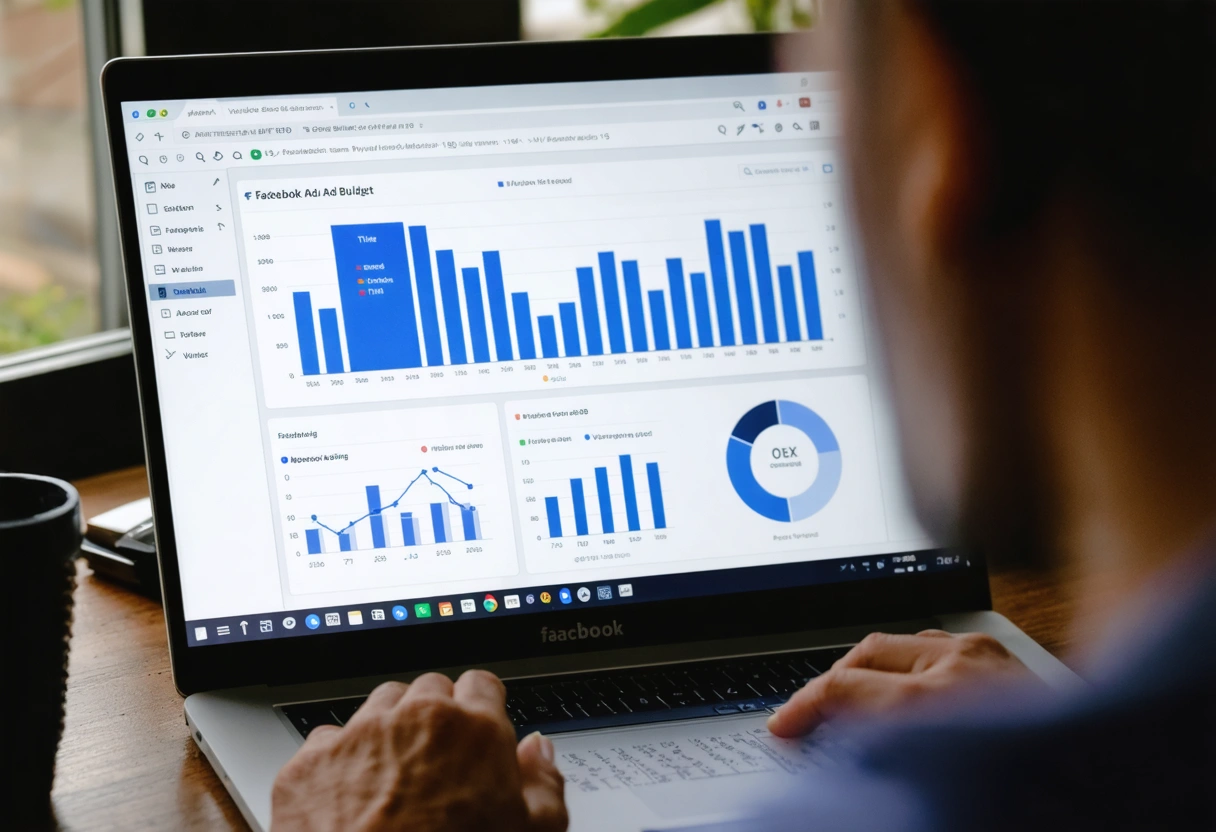
- Start with a test budget: Allocate a modest budget initially to gather data and scale up as you identify winning campaigns.
- Monitor frequency: Avoid overspending by keeping an eye on ad frequency to reduce audience saturation and ad fatigue.
- Utilize automated rules: Set up rules in Ads Manager to pause underperforming ads or increase budget for top performers automatically.
Analyzing Performance and Optimizing Your Campaigns
Continuous monitoring and optimization are essential for Facebook Ad success. The Ads Manager dashboard provides a wealth of performance data, including impressions, reach, clicks, conversions, cost per action (CPA), and return on ad spend (ROAS). By setting up custom reporting dashboards, you can track metrics that align with your business goals and make data-driven decisions.
A/B testing (also known as split testing) is one of the most effective ways to improve your campaigns. Test different variables, such as audience segments, creative elements, and placements, to identify what drives the best results. Facebook’s built-in Experiments tool simplifies this process, allowing you to measure the impact of each change and scale successful variations.
Attribution has become more nuanced in 2025, with Facebook offering various attribution windows and models to help you understand the customer journey. Integrate your Facebook Ads data with platforms like Google Analytics or a customer data platform (CDP) for a holistic view of performance. For a deeper understanding of marketing attribution, the Analytics Vidhya blog on marketing attribution provides an excellent overview.
Optimization Checklist
- Regularly review performance: Analyze key metrics weekly, identify trends, and adjust your campaigns accordingly.
- Refine targeting: Narrow or expand audiences based on performance data to maximize relevance and minimize wasted spend.
- Rotate creatives: Update ad creatives frequently to prevent fatigue and maintain high engagement rates.
- Optimize landing pages: Ensure your landing pages are fast, mobile-friendly, and aligned with your ad messaging.
Emerging Trends and Best Practices for 2025
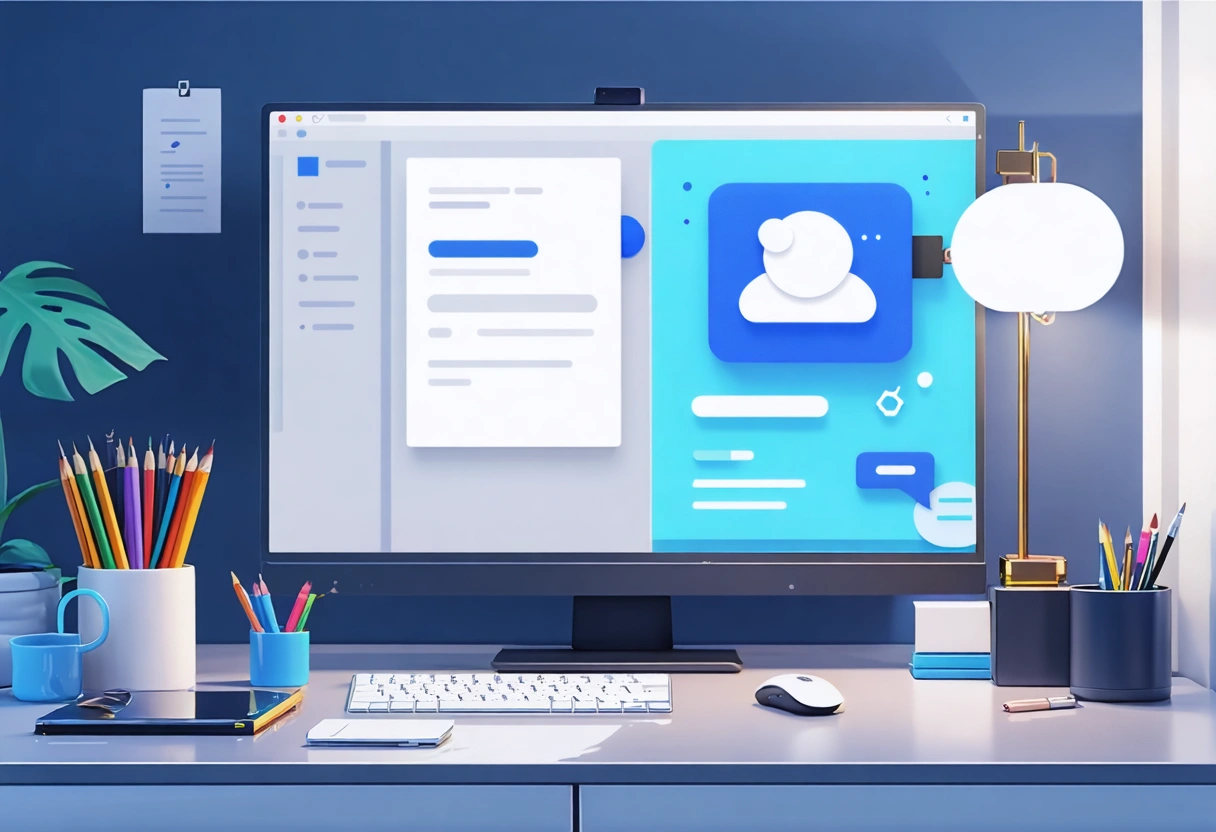
As the digital advertising world evolves, staying abreast of the latest trends is crucial for maintaining a competitive advantage. In 2025, several key trends are shaping the Facebook Ads landscape. The rise of AI-powered automation is streamlining campaign management, from dynamic creative optimization to predictive audience targeting. This enables marketers to focus more on strategy and less on manual tasks.
Privacy-centric marketing is also at the forefront. With continued regulatory changes, brands are investing heavily in first-party data collection and transparent user consent processes. Interactive ad formats, such as AR experiences and playable ads, are gaining traction, offering users more immersive and engaging brand interactions. For more about interactive digital advertising formats, the IAB’s overview of interactive advertising is highly informative.
Additionally, social commerce is booming, with Facebook and Instagram Shops providing seamless shopping experiences directly within the app. Businesses that integrate product catalogs and leverage shoppable posts are seeing higher conversion rates and increased ROI. Finally, sustainability messaging and authentic storytelling are resonating more deeply with consumers, driving better ad performance and brand loyalty.
Best Practices for 2025
- Embrace automation: Use AI-driven tools for bidding, targeting, and creative optimization.
- Prioritize privacy: Be transparent about data usage and offer clear opt-in mechanisms.
- Integrate social commerce: Set up Facebook and Instagram Shops for a frictionless purchase journey.
- Invest in creative innovation: Test interactive and immersive formats to stand out in crowded feeds.
Takeaways
Navigating Facebook Ads in 2025 requires a blend of strategic planning, creative excellence, technical expertise, and a keen awareness of emerging trends. By mastering campaign setup, advanced targeting, creative development, budgeting, and continuous optimization, you can unlock the full potential of Facebook’s advertising platform and propel your business to new heights.
Remember, the most successful advertisers are those who stay agile, test relentlessly, and adapt to the ever-changing digital landscape. Whether you’re just starting out or looking to refine your approach, implementing the insights and best practices outlined in this tutorial will position your business for sustained growth and success in the dynamic world of Facebook Ads.
Need help with Navigating Facebook Ads: A Complete Tutorial for Boosting Your Business Reach in 2025?
